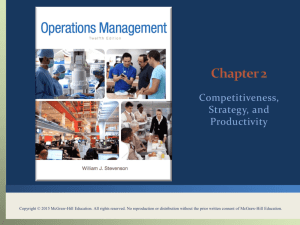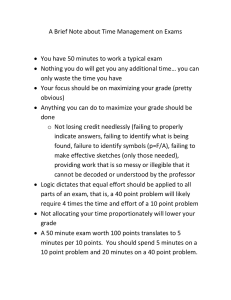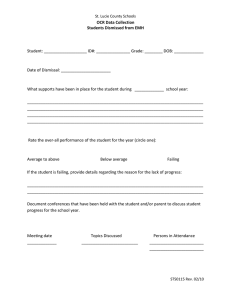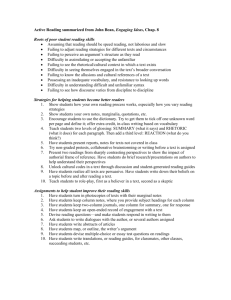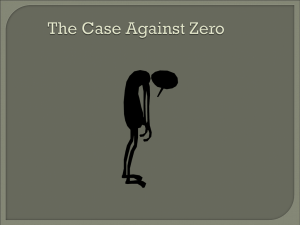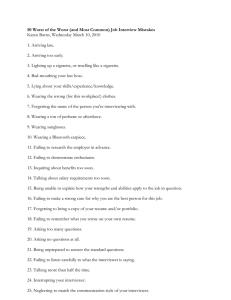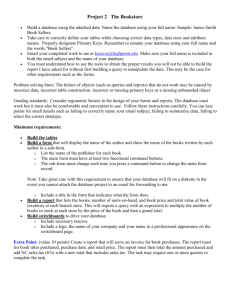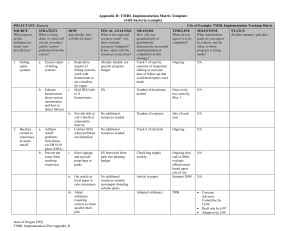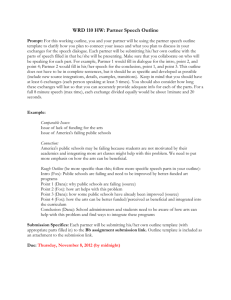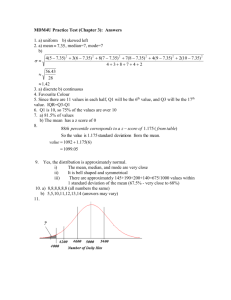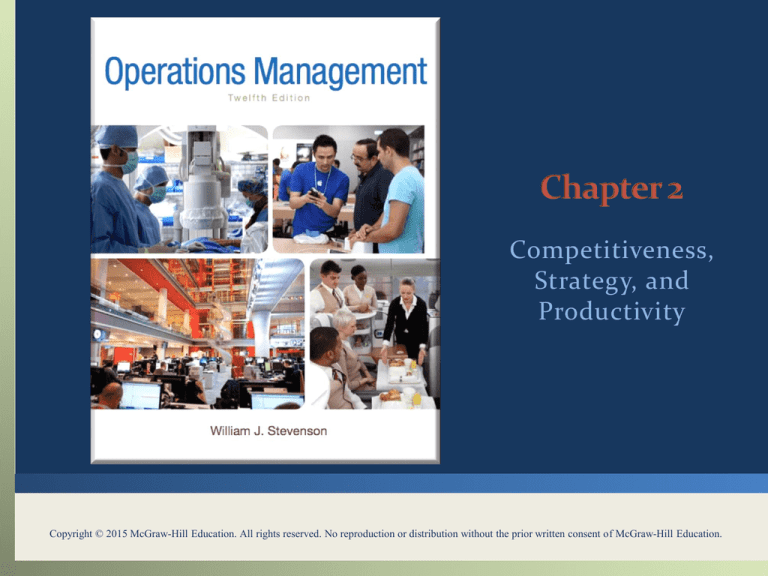
Competitiveness,
Strategy, and
Productivity
Copyright © 2015 McGraw-Hill Education. All rights reserved. No reproduction or distribution without the prior written consent of McGraw-Hill Education.
You should be able to:
LO 2.1 List several ways that business organizations compete
LO 2.2 Name several reasons that business organizations fail
LO 2.3 Define the terms mission and strategy and explain why they are
important
LO 2.4 Discuss and compare organization strategy and operations
strategy, and explain why it is important to link the two
LO 2.5 Describe and give examples of time-based strategies
LO 2.6 Define the term productivity and explain why it is important to
organizations and to countries
LO 2.7 Describe several factors that affect productivity
2-2
Competitiveness:
How effectively an organization meets the wants and
needs of customers relative to others that offer similar
goods or services
Organizations compete through some combination of
their marketing and operations functions
• What do customers want?
• How can these customer needs best be satisfied?
LO 2.1
2-3
Product and service design
2. Cost
3. Location
4. Quality
5. Quick response
6. Flexibility
7. Inventory management
8. Supply chain management
9. Service
10. Managers and workers
1.
LO 2.1
2-4
1.
2.
3.
4.
5.
6.
7.
Neglecting operations strategy
Failing to take advantage of strengths and opportunities
and/or failing to recognize competitive threats
Too much emphasis on short-term financial performance
at the expense of R&D
Too much emphasis in product and service design and
not enough on process design and improvement
Neglecting investments in capital and human resources
Failing to establish good internal communications and
cooperation
Failing to consider customer wants and needs
LO 2.2
2-5
Mission
The reason for an organization’s existence
It answers the question “What business are we in?”
Goals
Provide detail and the scope of the mission
Goals can be viewed as organizational destinations
Strategy
A plan for achieving organizational goals
Serves as a roadmap for reaching the organizational destinations
The organizational strategy guides the organization by providing
direction for, and alignment of, the goals and strategies of the
functional units
The organizational strategy is a major success/failure factor
LO 2.3
2-6
Effective strategy formulation requires taking into
account:
Core competencies
Environmental scanning
SWOT
Successful strategy formulation also requires taking
into account:
Order qualifiers
Order winners
LO 2.4
2-7
Operations strategy
The approach, consistent with organization strategy,
that is used to guide the operations function.
LO 2.4
2-8
Decision Area
What the Decisions Affect
Product and service design
Costs, quality, liability, and environmental issues
Capacity
Cost, structure, flexibility
Process selection and
layout
Costs, flexibility, skill level needed, capacity
Work design
Quality of work life, employee safety, productivity
Location
Costs, visibility
Quality
Ability to meet or exceed customer expectations
Inventory
Costs, shortages
Maintenance
Costs, equipment reliability, productivity
Scheduling
Flexibility, efficiency
Supply chains
Costs, quality, agility, shortages, vendor relations
Projects
Costs, new products, services, or operating systems
LO 2.4
2-9
Time-based strategies
Strategies that focus on the reduction of time needed to
accomplish tasks
It is believed that by reducing time, costs are lower, quality is
higher, productivity is higher, time-to-market is faster, and
customer service is improved
LO 2.5
2-10
Areas where organizations have achieved time
reductions:
Planning time
Product/service design time
Processing time
Changeover time
Delivery time
Response time for complaints
LO 2.5
2-11
Productivity
A measure of the effective use of resources, usually
expressed as the ratio of output to input
Productivity measures are useful for
Tracking an operating unit’s performance over time
Judging the performance of an entire industry or
country
LO 2.6
2-12
Productivi ty =
Output
Input
Partial Measures
Output
;
Single Input
Multifactor Measures
Total Measure
LO 2.6
Ouput
;
Labor
Output
;
Multiple Inputs
Output
Capital
Ouput
;
Labor +Machine
Output
Labor +Capital +Energy
Goods or services produced
All inputs used to produce them
2-13
Service sector productivity is difficult to measure and
manage because
It involves intellectual activities
It has a high degree of variability
A useful measure related to productivity is process yield
Where products are involved
ratio of output of good product to the quantity of raw material
input.
Where services are involved, process yield measurement is
often dependent on the particular process:
ratio of cars rented to cars available for a given day
ratio of student acceptances to the total number of students
approved for admission.
LO 2.6
2-14
Methods
Capital
Technology
LO 2.7
Quality
Management
2-15


